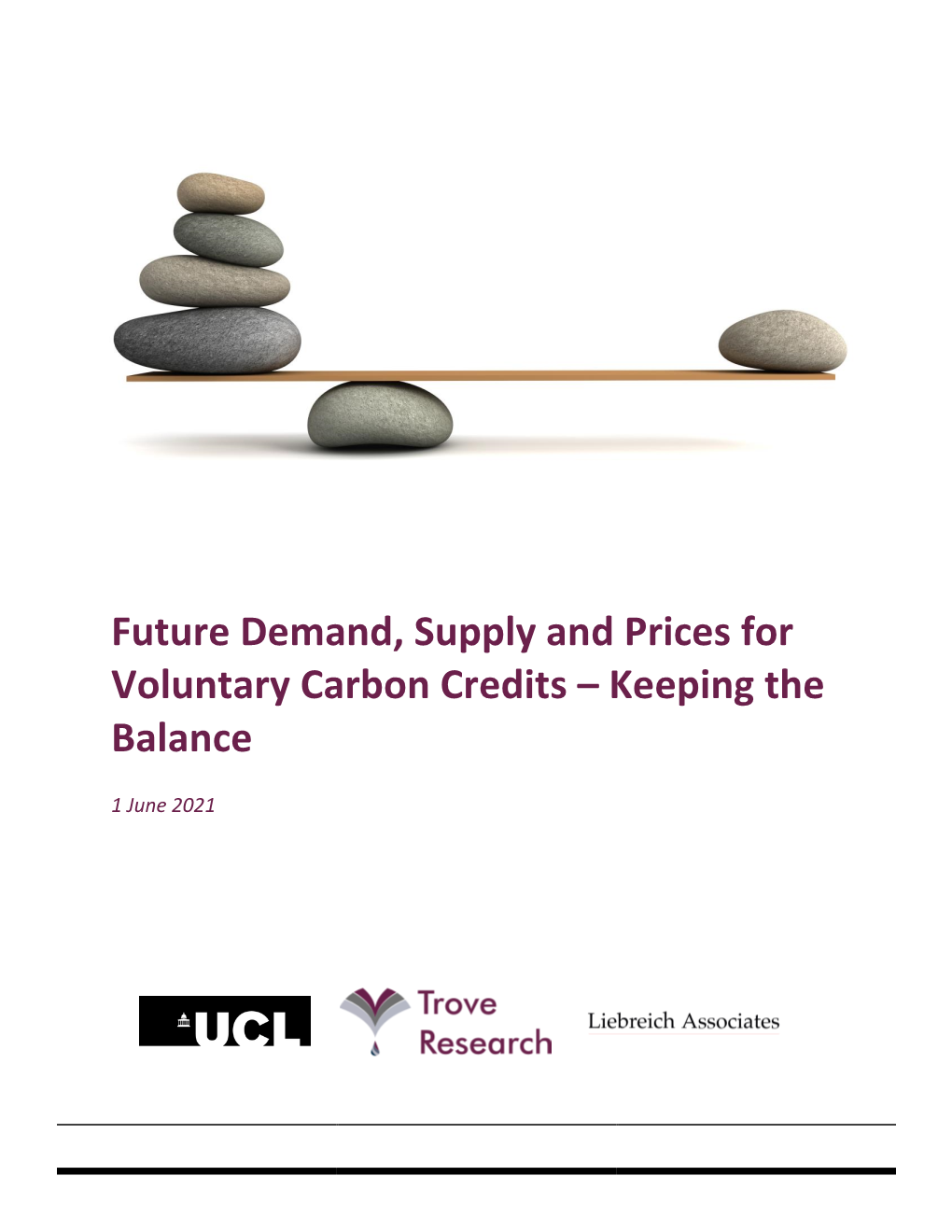

What is Carbon Trading?Ĭarbon trading is the process of buying and selling carbon credits. And if you’re wondering which exchanges those are, we’re going to identify the top 4 carbon credit exchanges for 2023.īut before that, we’ll first define what carbon trading is, and then explain the two different carbon markets in place. Individuals and companies alike on both sides of the market are looking for the top carbon exchanges to trade carbon credits. On the other hand, companies with negative emissions that actively reduce the amount of carbon in the atmosphere (like reforestation projects) instead create carbon credits and sell them. So, when an entity buys a carbon credit, it can now offset one ton of its own CO2 emissions.Each credit equals one ton of CO2 equivalent (CO2e). It’s all happening for a simple reason: Reducing carbon emissions is a global initiative and the carbon market offers great options for entities looking to cut emissions.Ī polluter can purchase credits to cover the emissions they release into the air.
#Voluntary carbon credits how to#
If you want to learn how to invest money in carbon credits, you can read our in-depth article about it.Carbon trading has become extremely popular today among individuals and organizations and carbon exchanges are starting to emerge. While the future may hold surprises and maybe the reliance on offsets will lessen as we develop new ways around the issue, one thing is clear. In conclusion, while the carbon market is still a relatively new one, – and to some still a “wild west” – it is a growing one. What’s more is that offset prices are likely to continue growing for the foreseeable future. That would also mean a $100-180 billion market by 2030, according to this study as well as Bloomberg Green. Which would mean a more than tenfold increase. Well, according to a study named Future Demand, Supply and Prices for Voluntary Carbon Credits – Keeping the Balance this growth in demand should mean that carbon credits should rise to between $20 if we take their lowest estimate … That’s only one estimate, of course, and others price it higher.Ĭonsidering the demand for carbon offsets is expected to rise as we get closer to net zero, the prices will grow accordingly. You probably already know that the carbon markets are growing at an incredible pace, but you may wonder where that leaves the credits themselves.īecause buying carbon credits can seem complex, and the prices vary based on market dynamics, it can be hard to estimate what they are worth exactly.Īccording to Ecosystem Marketplace, the average weighted price for one carbon credit – one metric ton of CO2 removed – is around $4.73 in 2021. We answered part of this question by mentioning the growing demand as well as Tesla’s example, but that’s not all there is. We just touched on the subject briefly, so here’s the last one. credits from Tesla in the last two years.Īnd as regulation tightens around carbon emissions, you can be sure that you will see more and more companies basing their profit around carbon credits.Īnd while it may be easier to buy them for a company, an individual can do so too. Large carmakers are the buyers, such as Stellantis, who bought more than $2 billion worth of European and U.S.
#Voluntary carbon credits for free#
Since the carmaker receives them for free – in the form of credits for vehicles that emit fewer amounts of CO2 – they are able to sell them for a full profit. It means that the markets are organized by public and private companies.Īfter all, selling carbon credits is part of the way Tesla got so far ahead, for one. This is the case in the UK, Australia or Canada.īut that doesn’t mean you can’t sell carbon credits. If the country you reside in allows you to, you can sell your carbon credits to the government. In Europe – which is home to the largest carbon market – the EU ETS framework is used, and works on cap-and-trade as well. You can do this through third-party websites such as Nori, GoldStandard or Southpole. So another option for getting carbon credits is to buy them individually. In the US, cap-and-trade programs are emerging, such as the Regional Greenhouse Gas Initiative, or the Western Climate Initiative, which is a joint program with Quebec.Īnd while national programs did exist in some countries such as Canada or Australia, private markets grew alongside them.

When it comes to getting carbon credits, a lot depends on location.Īnd on top of that, carbon credits were controversial for years. This can be done through several methods, such as planting forests, waste management or wastewater treatment. The long answer would be planting an entire forest, getting the government’s seal of approval, and then selling the obtained credits to companies.įor the quick reminder, a carbon credit represents 1 ton of carbon dioxide – CO 2 emissions – removed from the atmosphere.


 0 kommentar(er)
0 kommentar(er)
